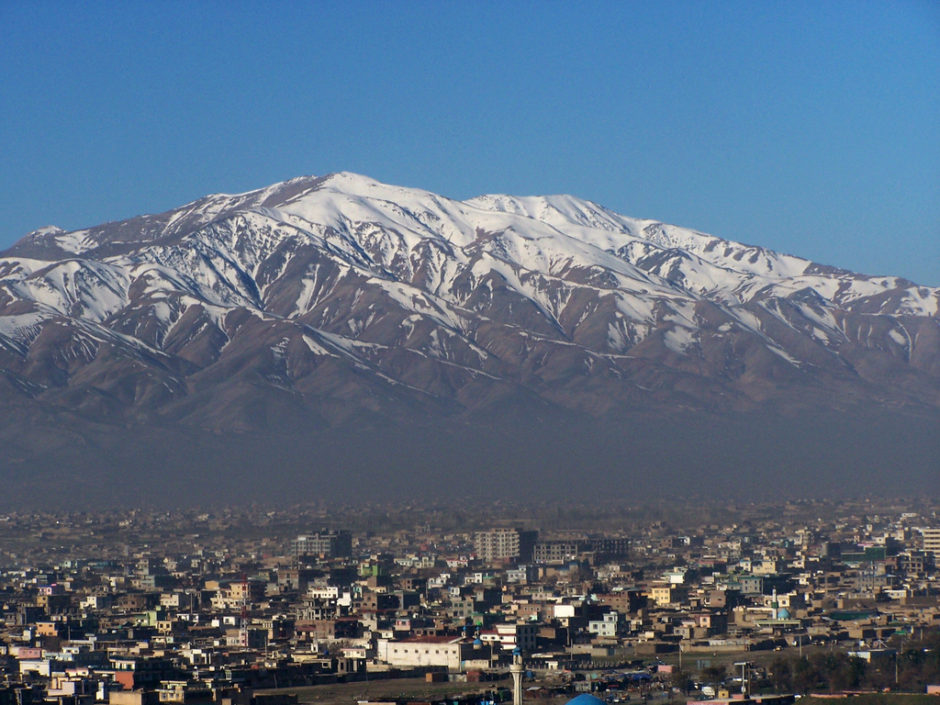Though it’s been called America’s longest war, that’s not exactly accurate. Actually, it’s the longest of its colonial wars. That’s different.

The United States and some of its allies have been battling the Taliban in Afghanistan since 2001, following the al-Qaeda attacks on New York and Washington that September 11. It was intended to punish the mujahideen for harboring Osama bin Laden and the other leaders who had plotted and carried out the mass murders that killed more than 3,000 Americans.
But that part of the operation ended long ago. Al-Qaeda now operates from other bases around the Middle East and Africa, and bin Laden was himself killed in Pakistan in 2011.
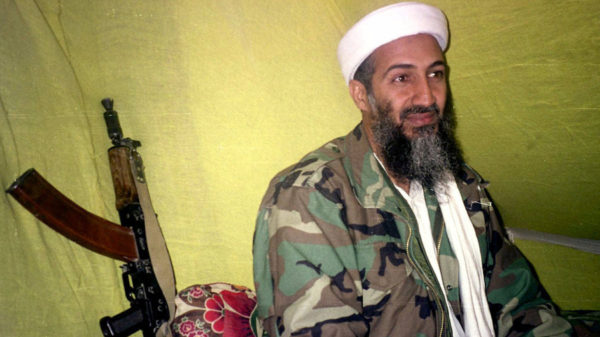
Instead, the war morphed into an unrealistic attempt to change Afghanistan’s age-old political culture by eliminating the Pashtun-led Taliban and engaging in “nation-building” in a state which would have more respect for human rights.
It is understating the case to call this utopian.
First of all, Afghanistan itself only exists as a distinct entity because it was left as a buffer zone between the 19th century British and Russian empires in central and southeast Asia. It has never had any sort of genuine national identity.
Apart from its largest group, the Pashtuns, Afghanistan is also populated by Uzbeks, Tajiks and Shi’a Harara, among other ethnicities. More often than not, they’ve tended to be at odds with each other.
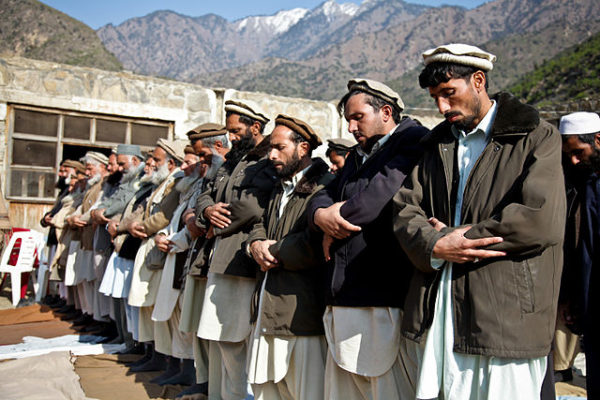
As we know, neither the British in the 19th century, nor the Soviets between 1979 and 1989 were able to subjugate the country and bend it to their will.
America will do no better.
This has really been a colonial war, similar to those fought by European powers in Africa and Asia before World War II. Those were undertaken in order to subjugate native peoples and to ensure imperial domination.
Though casualties on the part of the western armies were typically not very large, the attempts to “pacify” these territories never proved successful in the long run.
The indigenous forces rarely faced superior firepower head on, but instead resorted to guerrilla warfare and terrorism, in order to wear down the invaders.
That’s what the Taliban have been doing for the past decade and a half. Like the Algerian rebels in the 1950s fighting the French, or the Viet Cong battling the Americans, they are never permanently defeated, even when they lose territory.
Once the forces of the occupiers let up, they regain their strength — because, aside from sowing terror and brutalizing their opponents, they do have considerable support.
Also, as is usually the case, the puppets running the pro-Western governments installed by the foreign invaders are invariably corrupt kleptocrats and are hated even more than the insurgents.
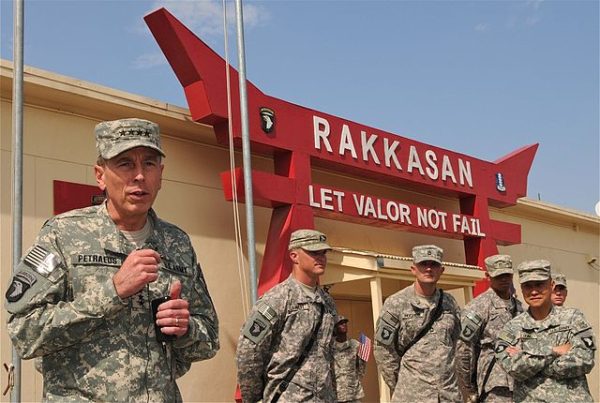
All this holds true in Afghanistan. The current international force there today numbers about 13,000, of which 8,400 are American. They are now mostly engaged in the thankless task of training and advising the Afghan National Army.
U.S. President Donald Trump ran for office last year on an “isolationist” platform, but it seems the foreign policy and military establishment now have his ear. He is contemplating sending 5,000 more troops to Afghanistan, to try to slow or reverse losses to the Taliban this year.
But this would simply be a continuation of George W. Bush and Barack Obama’s follies, which have already cost the United States more than 2,300 deaths and 18,600 wounded, and hundreds of billions of dollars.
Afghanistan is militarily and politically a bottomless pit and trying to change it through force is futile.
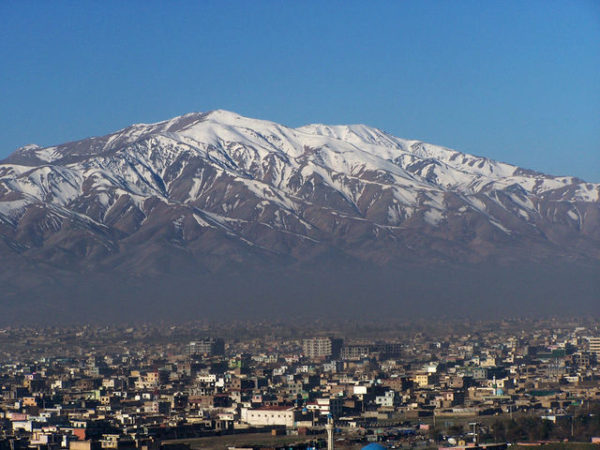
Just a few days ago, a truck bomb devastated the Green Zone, a central area of Kabul near the presidential palace and foreign embassies, one of the deadliest strikes in the long Afghan war, killing almost 100 people and injuring hundreds more. And this was supposedly a fairly safe part of the capital.
It reminds me of the Greek myth of Sisyphus, the king forced to roll an immense boulder up a hill, only to watch it come back to hit him every time, and repeating this action for eternity.
Henry Srebrnik is a professor of political science at the University of Prince Edward Island.

